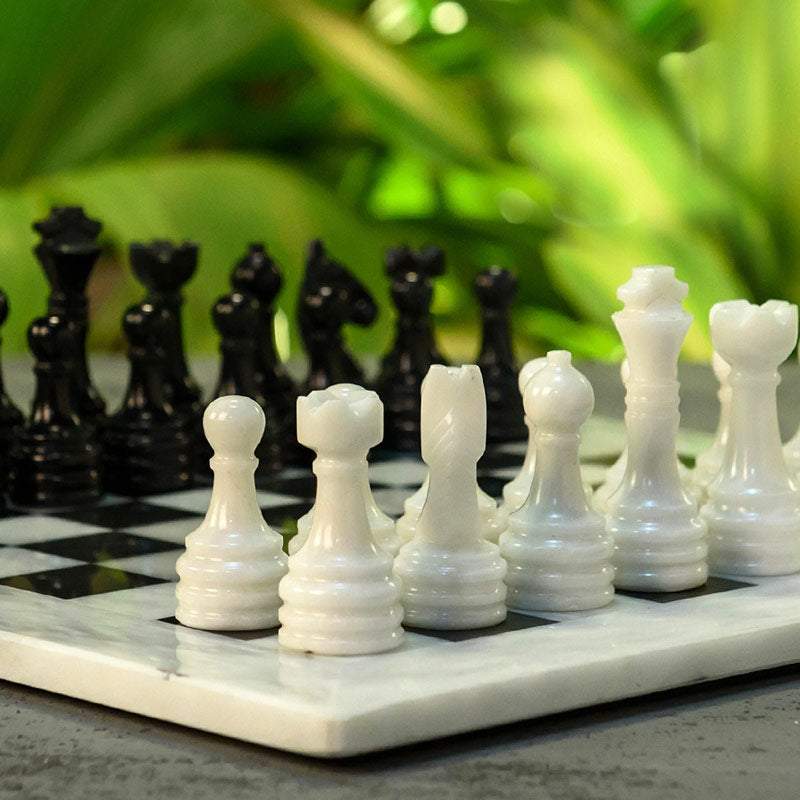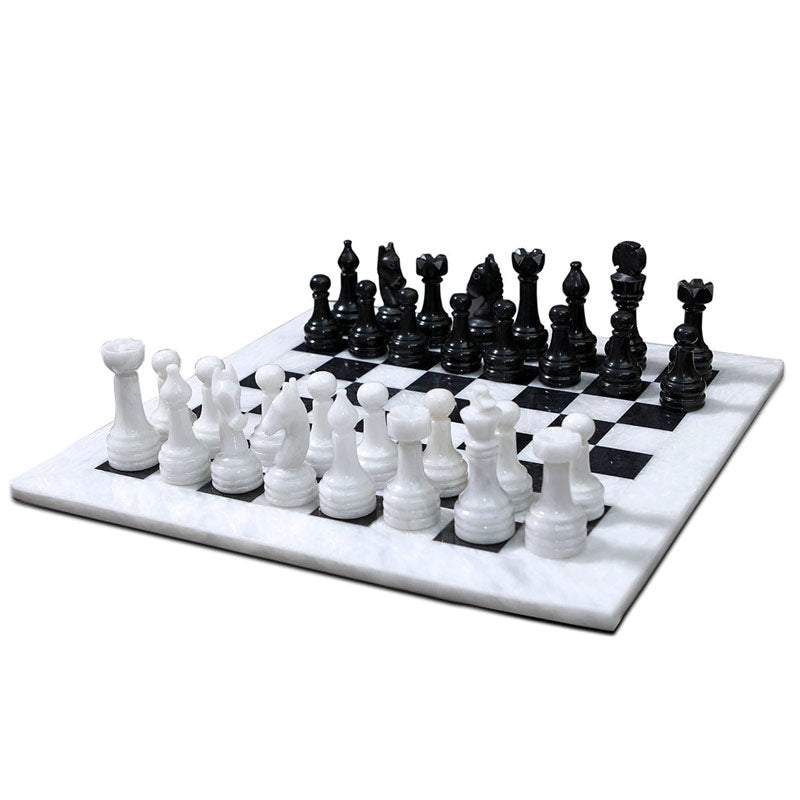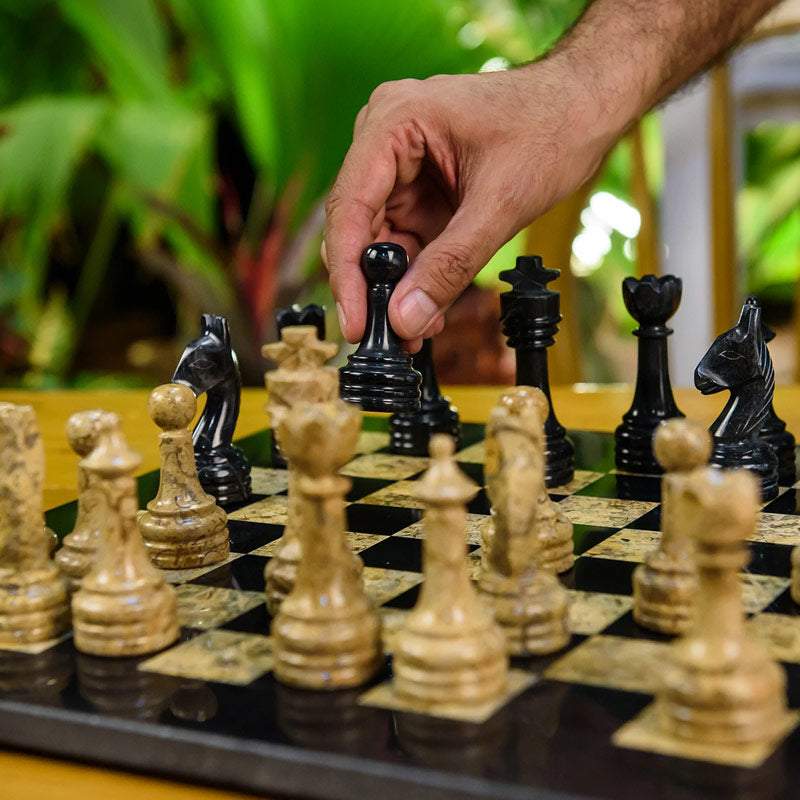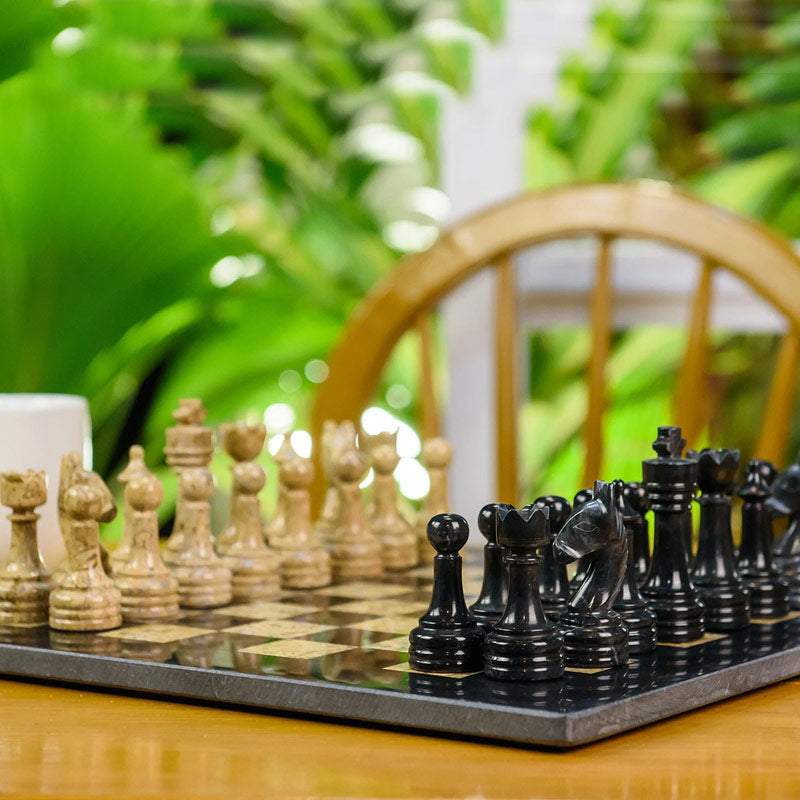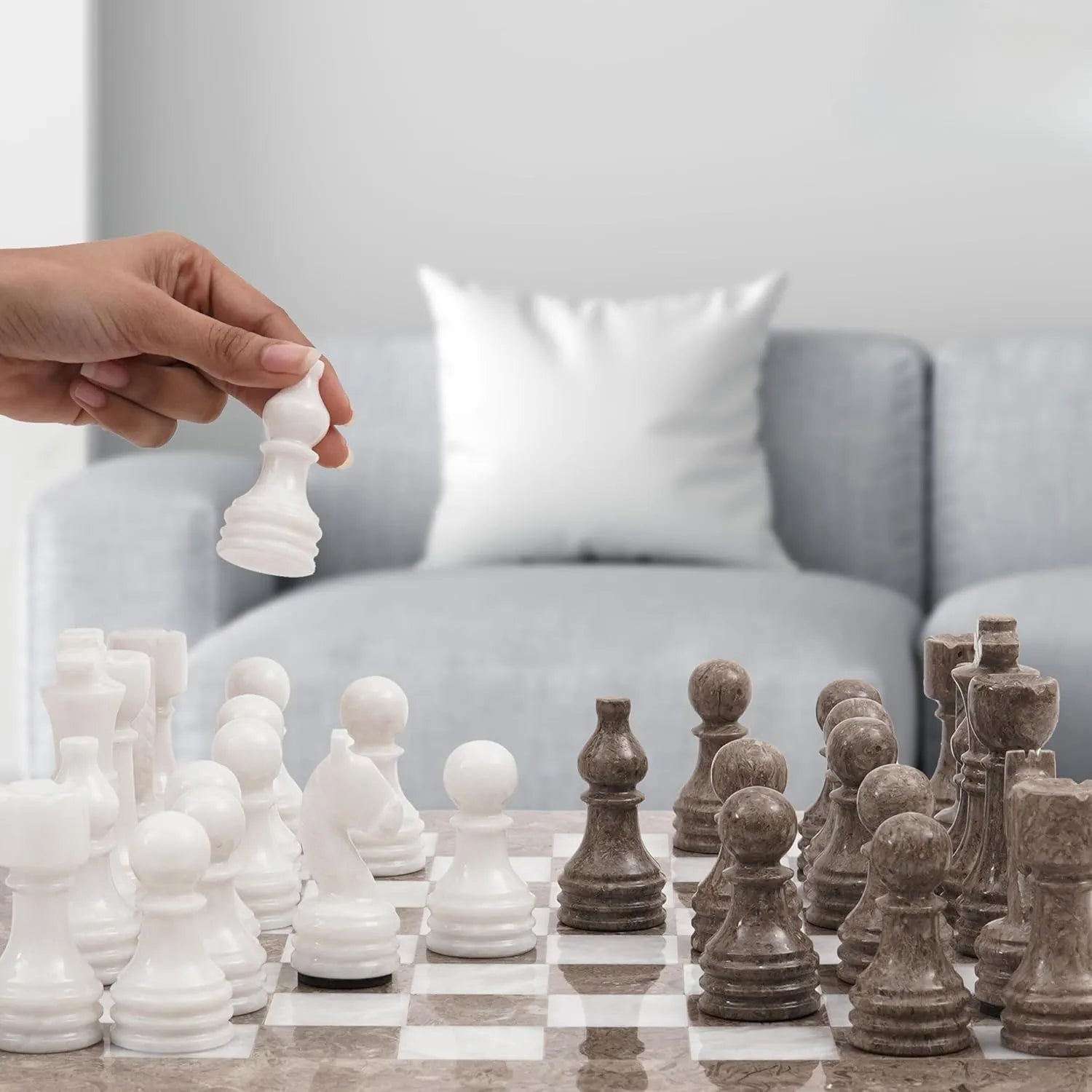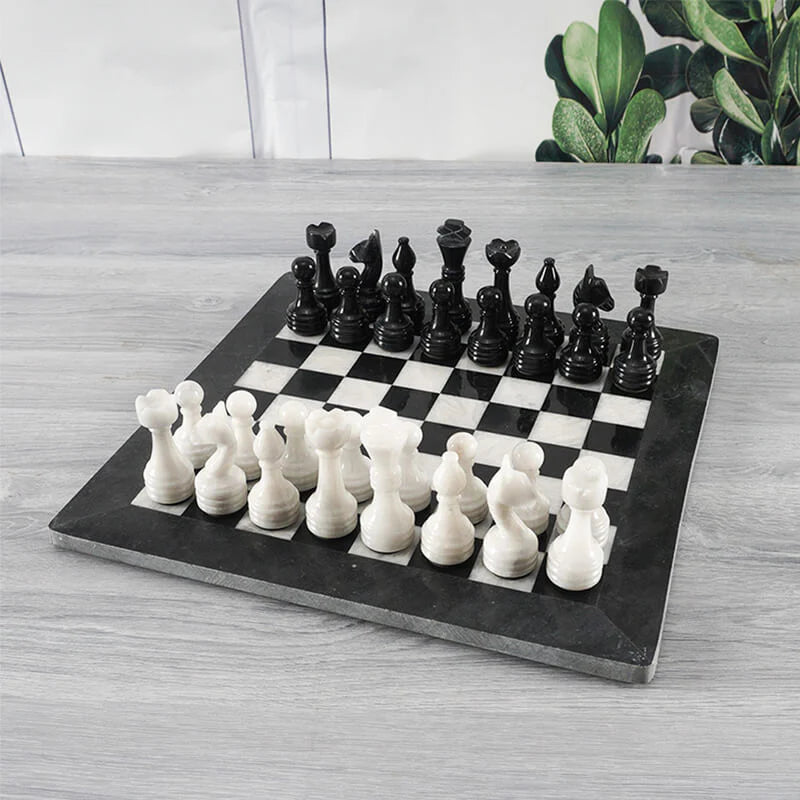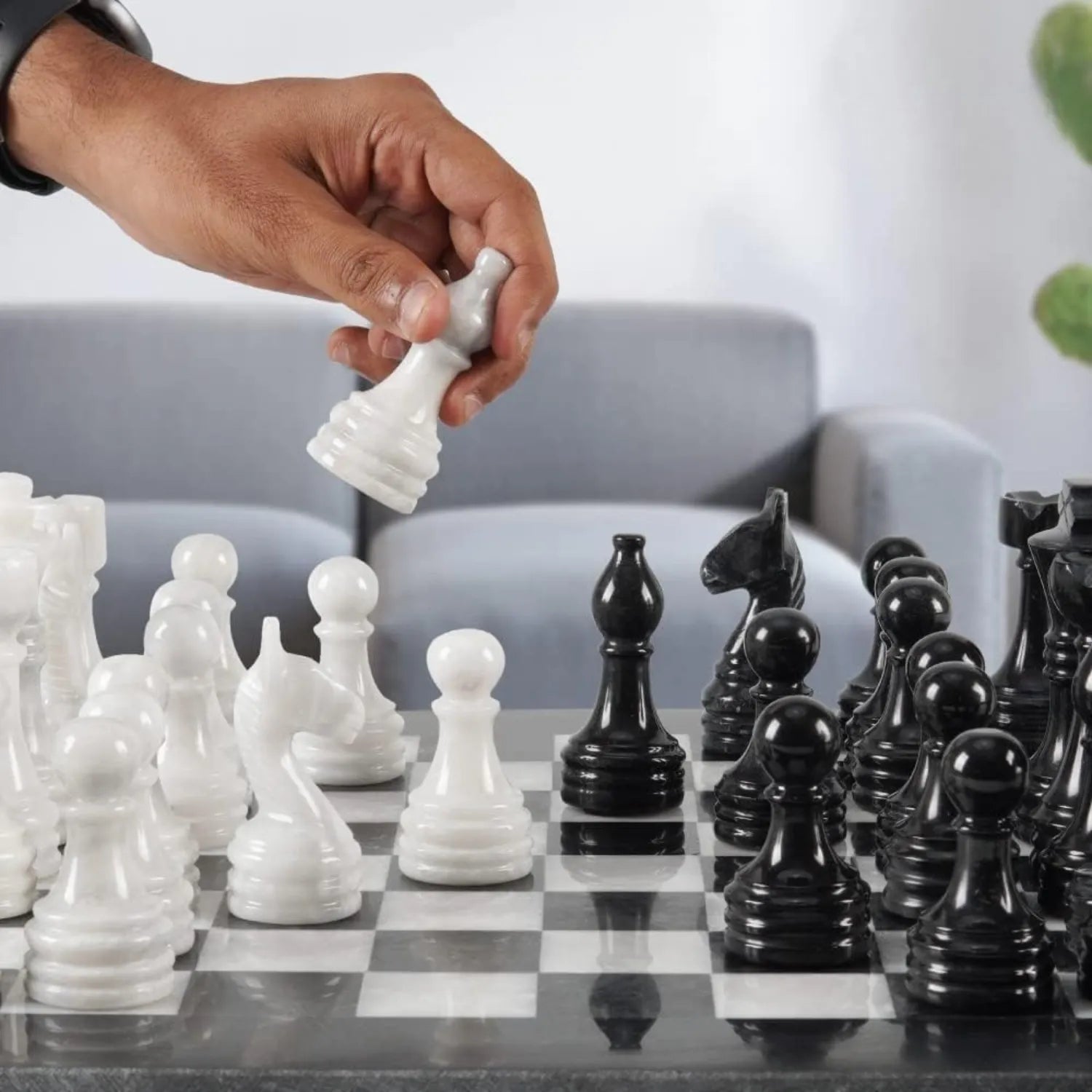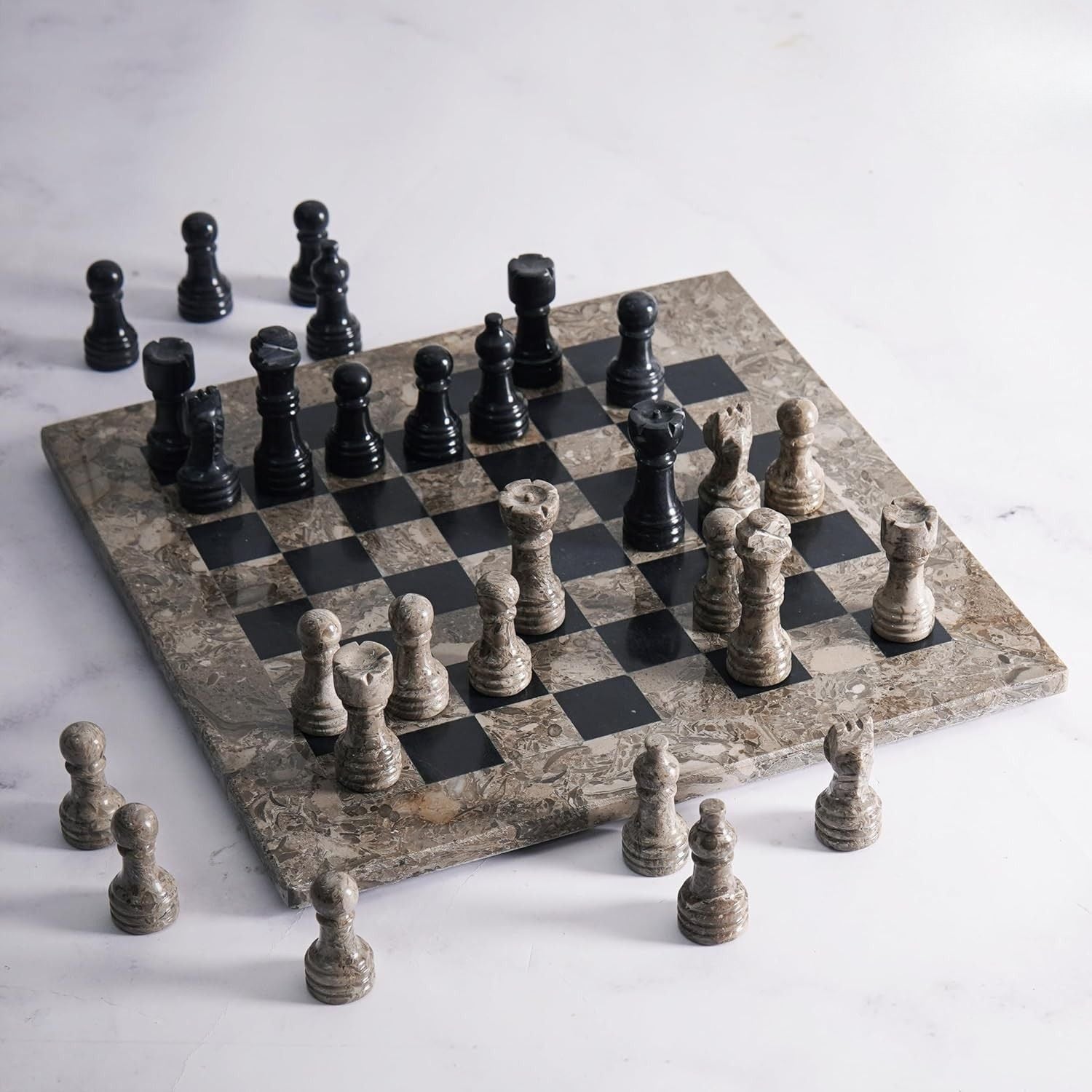Chess Stalemate | How To Avoid Stalemate In Chess
Chess is one of those games where players must think ahead and carefully plan their moves. One of the most repeated outcomes of a chess game is checkmate, where one player's king is captured, and they lose the game. However, another outcome can occur, known as a stalemate. This blog will explore stalemate, how it can happen, and some strategies for avoiding it.
What is Stalemate?
Stalemate is a situation in chess where a player's king is not in check, but they have no legal moves to make. When this happens, the game ends in a draw. Stalemate can occur in any game phase, whether the opening, middle, or endgame.

How does stalemate occur?
Stalemate can occur in many ways. Here are some examples:
1. The player has no legal moves: This is the most common way that stalemate occurs. When a player's king is not in check, but they have no legal actions to take with any of their pieces, the game ends in a stalemate.
2. The player has only one legal move: If a player has only one legal move, but that move would put their king in check, the game ends in a stalemate.
3. The player has no pieces left: If a player has no pieces left except for their king, and their king cannot move without being put in check, the game ends in a stalemate.
4. The player is in a repetitive position: If the same situation is repeated three times, the game ends in a stalemate. This scenario is called a threefold repetition.

Strategies to avoid stalemate:
Stalemate is a frustrating outcome for any chess player, as it can feel like a missed opportunity for victory. However, there are strategies that players can use to avoid stalemate:
1. Keep your pieces active: It is crucial to keep them engaged and on the board. When your pieces are active, you have more options for moves, which decreases the likelihood of being stalemated.
2. Watch out for traps: Some players may try to trap their opponent's pieces in a way that leads to a stalemate. Be aware of these traps and try to avoid them.
3. Keep an eye on the board: Stalemate can occur when a player is not paying attention to the board. Always be aware of your and your opponent's pieces, and try to anticipate their moves.
4. Don't rush: When you are winning a game, it can be tempting to rush your moves to checkmate your opponent quickly. However, rushing can lead to a stalemate if you are not careful. Take your time and plan your moves carefully.
5. Use your pawns wisely: Pawns are often overlooked in chess but can be powerful tools for avoiding stalemate. Use your pawns to control the board and limit your opponent's options for moves.
Conclusion:
Stalemate is an essential aspect of chess; players should know how it can occur and how to avoid it. By keeping your pieces active, watching out for traps, paying attention to the board, taking your time, and using your pawns wisely, you can increase your chances of avoiding stalemate and achieving victory in your games. Remember, the key to success in chess is strategic thinking and careful planning.







